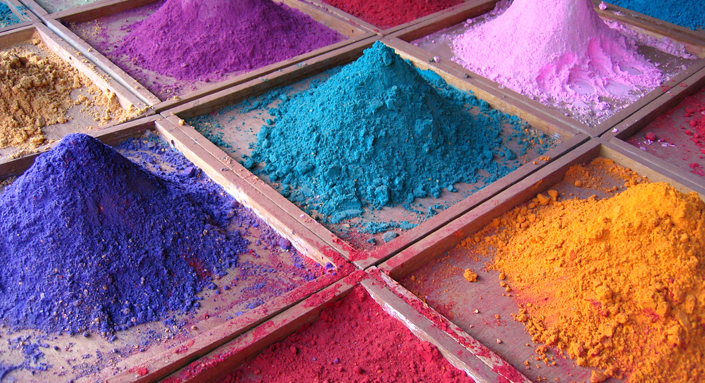Source: fibre2fashion
The global textiles industry is working overtime to achieve a balance between economic development and environmental protection. As conservation of water resources and the environment become key issues of concern in textile manufacturing, Fanny Vermandel writes about the need for the dyeing process to become sustainable.
The focus in research and development (R&D) is now more and more set on new sustainable products and processes which provide assurance that the recommended products do comply with legal, voluntary and brand & retailer restricted substance list (RSL) requirements.
This result in new dyes which are, for instance, free of halogens and heavy metals in new chemical structures with very high exhaust and fixation values. This permits best available technology (BAT) dyeing processes and textile products which are compliant with today's ecological and technical requirements. By using such ecologically-driven product innovations, customers can reduce the environmental impact of their production processes by saving chemicals, water and energy.
One example with the potential to become a game-changer in the industry is supercritical CO2 dyeing. This is a new technology for sustainable dyeing without water, and no effluents. The availability of water and related input/output costs are forecast to become increasingly critical for many textile-producing countries. Compared to standard aqueous dyeing methods, the supercritical carbon dioxide process leads to strongly reduced water and energy consumption and a shorter dyeing time. In the case of polyester, high dye fixation and good levelness can be achieved without disperse dye formulating agents or dyeing auxiliaries. The carbon dioxide used in the process has the advantage of being non-toxic compared, for example, to solvent dyeing methods, and can also be recycled to a very high degree.
Due to these attractive green credentials, the process has been adopted by leading retailers such as Nike and Adidas for key segments of their product ranges and promotional activities. A number of bulk machinery installations are in regular operation, DyeCoo being one leading manufacturer in this area. Currently, the technology is being established for package and beam dyeing, but it is expected that this will be developed further. There is also intensive research work ongoing for its application to a wider range of substrates.
With improved resources, environmentally-compliant dyestuffs and a solid foundation of textile Industry expertise, Internet-based tools are developed for product selection and sustainable process optimisation. Moreover, pre-reduced indigo liquid allows a cleaner denim production and shows a massive positive impact on resource efficiency such as substantial reduction of the sodium hydrosulphite usage, much cleaner wastewater and less water usage. Also, fast and reliable online determination of the important dyeing bath parameters like indigo concentration, reducing agent concentration, pH value, red-ox potential, temperature and electrolyte concentration help to optimise the dyeing process and save valuable resources.
As things stand, the textiles industry works hard to achieve a balance between economic development and environmental protection. Conservation of water resources and the environment have become key issues of concern in textile manufacturing. For textile mills and dye houses seeking to avoid waste water pollution and reduce waste water, organisations like DyStar and LoopTEC have developed a reliable process.


